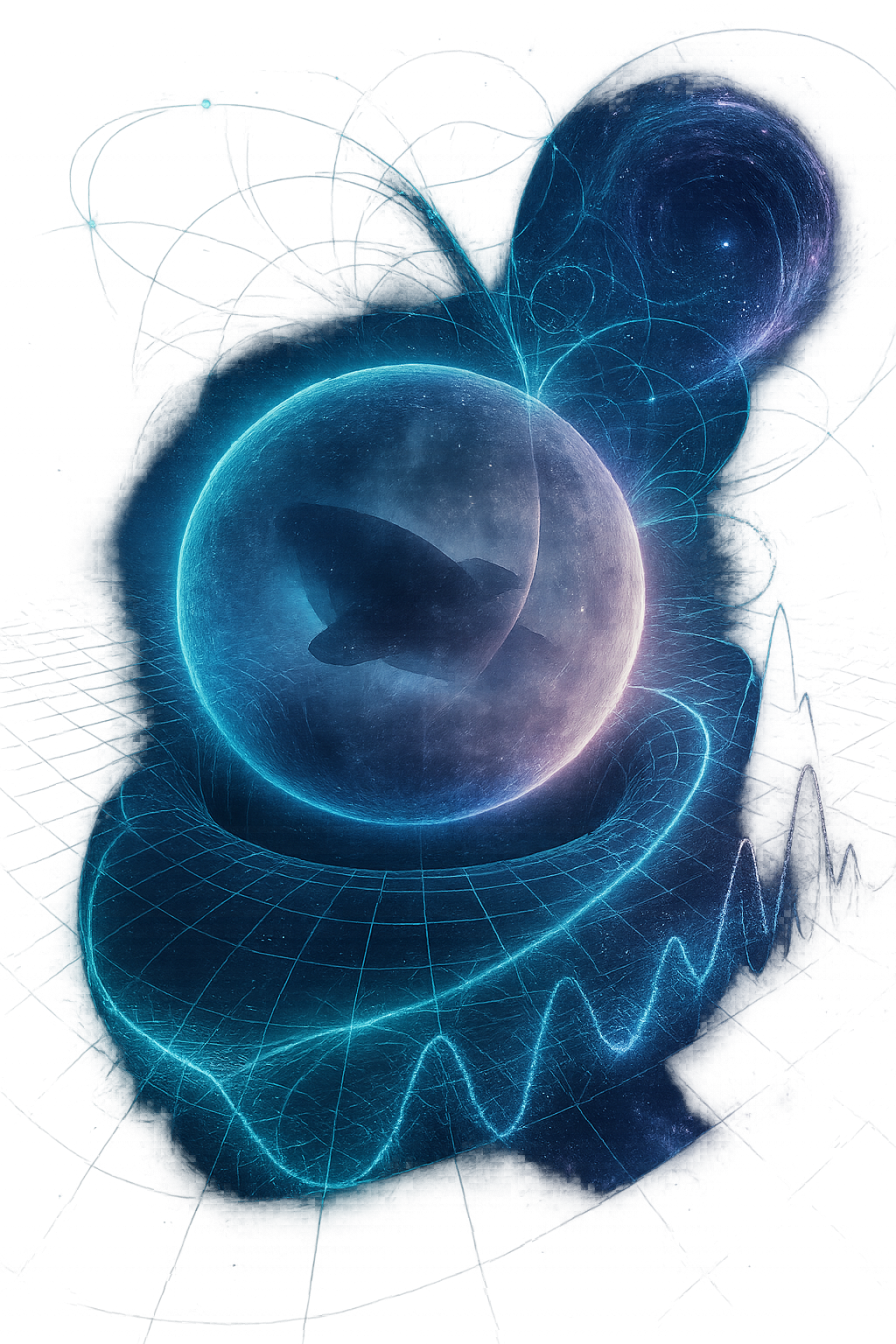Introduction
For decades, the dream of interstellar travel has captivated humanity. From the iconic starships of Star Trek to the sleek vessels of The Expanse, science fiction has painted a vivid picture of warp drives, hyperspace lanes, and quantum slipstreams. But how close are we, really, to transforming these imaginative concepts into scientific reality?
This article explores the cutting-edge science of starship propulsion, focusing on three key areas:
- The Alcubierre warp drive, a theoretical concept for faster-than-light travel.
- Ion propulsion, a technology already in use for long-duration space missions.
- The cultural feedback loop between science fiction and scientific progress—how imagination fuels innovation.
We’ll also consider the technological, physical, and philosophical challenges that lie between us and the stars. Strap in—this is going to be a deep dive into the science of the impossible.
Alcubierre Drives: Warping Space to Beat the Speed of Light
In 1994, Miguel Alcubierre, a Mexican theoretical physicist, proposed an audacious idea: what if we didn’t have to move a ship through space, but instead moved space itself? This idea, called the Alcubierre drive, involves compressing space in front of a spacecraft and expanding it behind. Within this “warp bubble,” the craft could theoretically travel faster than light without violating Einstein’s laws of physics, because locally, the ship isn’t moving—space is.
The math checks out… sort of. Alcubierre’s original paper showed the basic equations of general relativity could allow such a solution, but there were huge caveats:
- It would require exotic matter with negative energy density—a substance we’ve never observed.
- The energy requirements are colossal: early estimates suggested it would take the energy equivalent of the entire mass of Jupiter, though later refinements have reduced this figure—slightly.
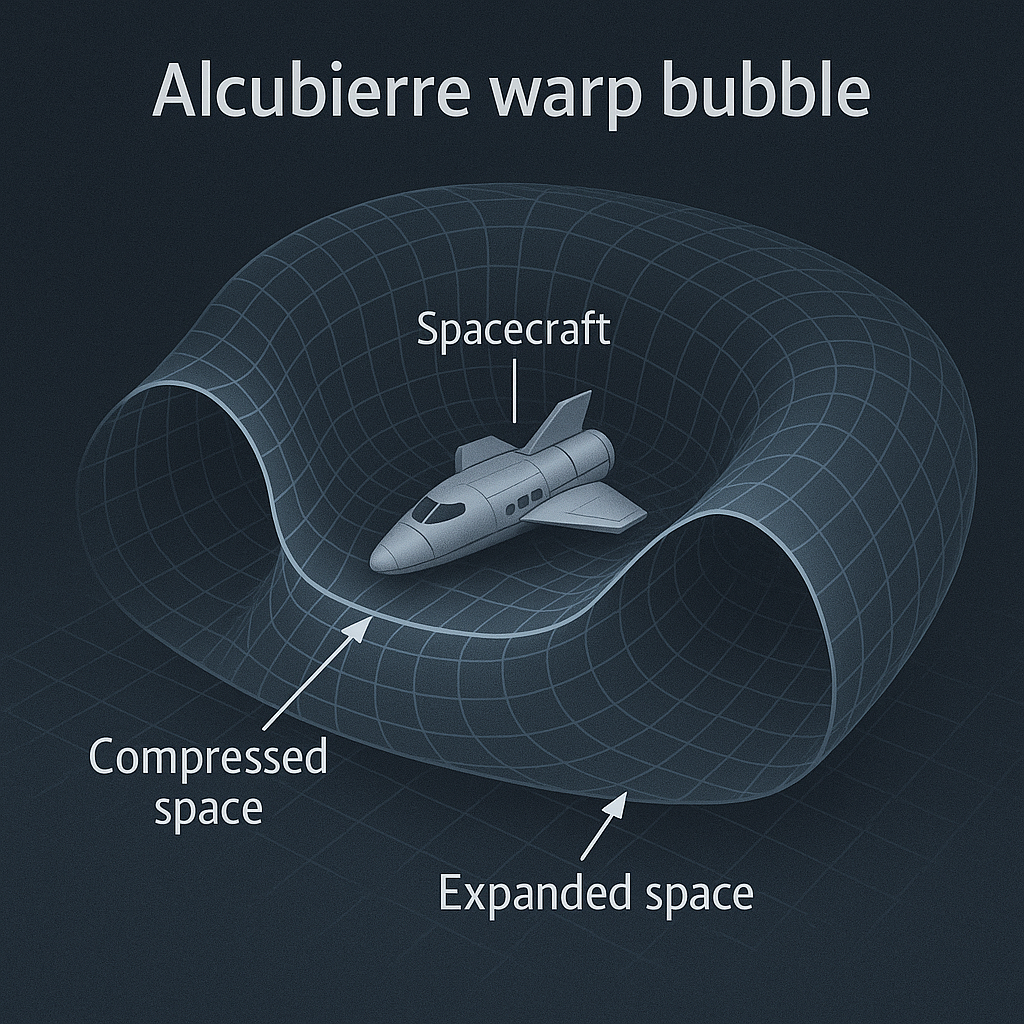
Theoretical research continues, with physicists like Harold White at NASA’s Eagleworks proposing designs for a more feasible warp drive with reduced energy demands. Still, we’re far from the lab-bench reality of a warp-capable ship. The Alcubierre drive remains a tantalizing “maybe” on the fringes of physics—a beacon that challenges our understanding of the cosmos.
Ion Propulsion: The Real-Life Tech That’s Taking Us Farther
While warp drives are (for now) the stuff of theory, ion propulsion is a technology in action. It’s been used in missions like NASA’s Dawn spacecraft, which explored the asteroid belt, and ESA’s BepiColombo, en route to Mercury.
How It Works:
Ion propulsion uses electricity (often from solar panels) to ionize a gas like xenon, creating charged particles. These ions are accelerated by an electric field and ejected from the engine, producing thrust.
Here’s the catch:
- Ion engines produce very little thrust (think the weight of a sheet of paper), but they can run continuously for years. This means they gradually build up significant velocity over time—ideal for deep-space missions where patience pays off.
- They are incredibly efficient, using far less fuel than traditional chemical rockets.
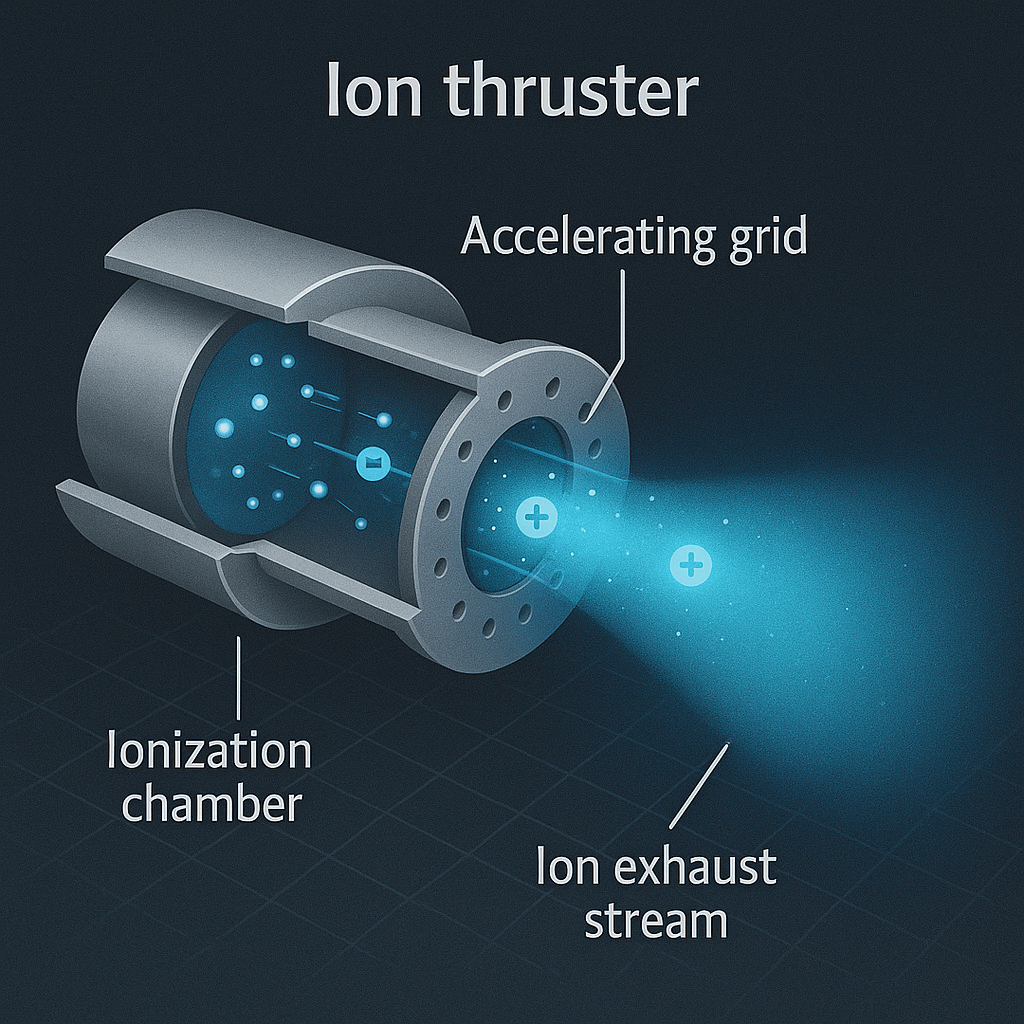
The biggest limitation? Ion drives aren’t suitable for launching from Earth—the thrust is too low to overcome gravity. But in the frictionless void of space, they shine, giving spacecraft the ability to travel farther on less fuel. As technology advances, we may see hybrid missions where chemical rockets handle lift-off, and ion drives take over for the long-haul journey.
Science Fiction’s Influence: Imagination as the Engine of Progress
Our fascination with starships isn’t just about physics—it’s about stories. From the Millennium Falcon to the USS Enterprise, the vessels of science fiction inspire generations of scientists, engineers, and dreamers.
Many technological advances have followed the trail of fiction:
- Cell phones owe much to Star Trek’s communicators.
- Touchscreens and voice assistants echo the interfaces seen in futuristic films.
- Even NASA’s Artemis program carries echoes of sci-fi aspirations for a lunar return.
But there’s a feedback loop at work: science fiction imagines the future, and those visions influence what we strive to create. Concepts like warp drives, wormholes, and antimatter engines push scientists to ask: What if?
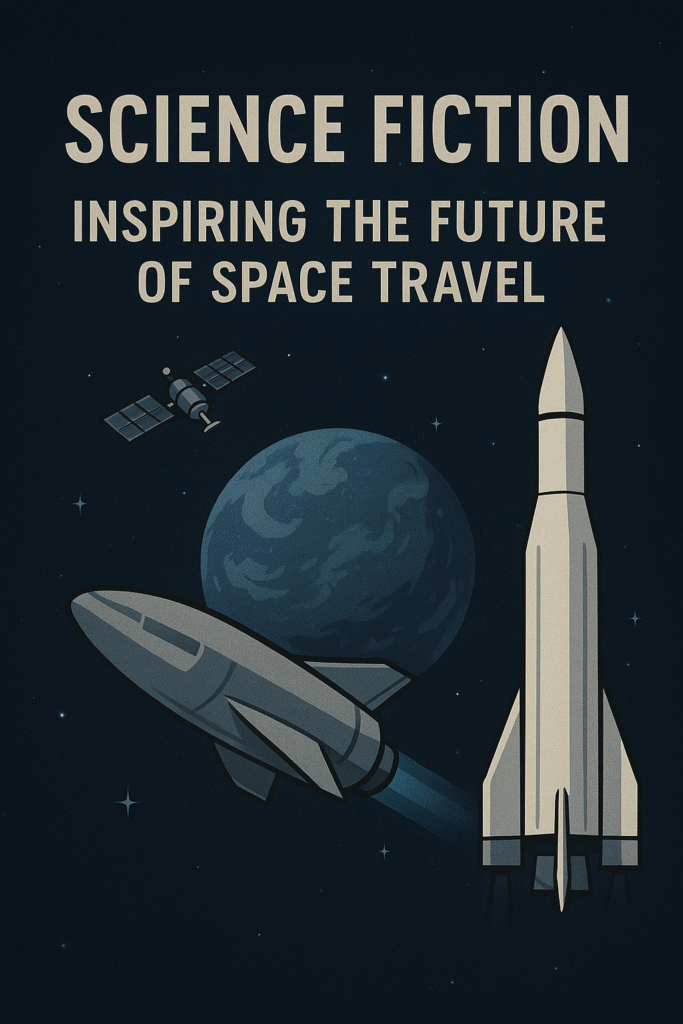
This is more than nostalgia—it’s a roadmap. By exploring “impossible” ideas, we stretch the boundaries of our collective imagination, making the improbable slightly more plausible.
The Challenges Ahead: Physics, Engineering, and Ethics
The road to the stars is littered with monumental challenges:
- Energy Limits: The energy demands for Alcubierre drives or even large-scale ion propulsion are immense. Fusion power or antimatter could be key, but we’re not there yet.
- Radiation Hazards: Traveling at high speeds exposes a ship and its crew to cosmic radiation, a serious threat that must be shielded against.
- Materials Science: We need stronger, lighter, and smarter materials to build spacecraft that can withstand the rigors of deep space.
- Ethical Questions: If we develop the means for interstellar travel, who gets to go? What are the implications for planetary protection, sovereignty, and resource extraction? These are not just scientific questions, but moral dilemmas.
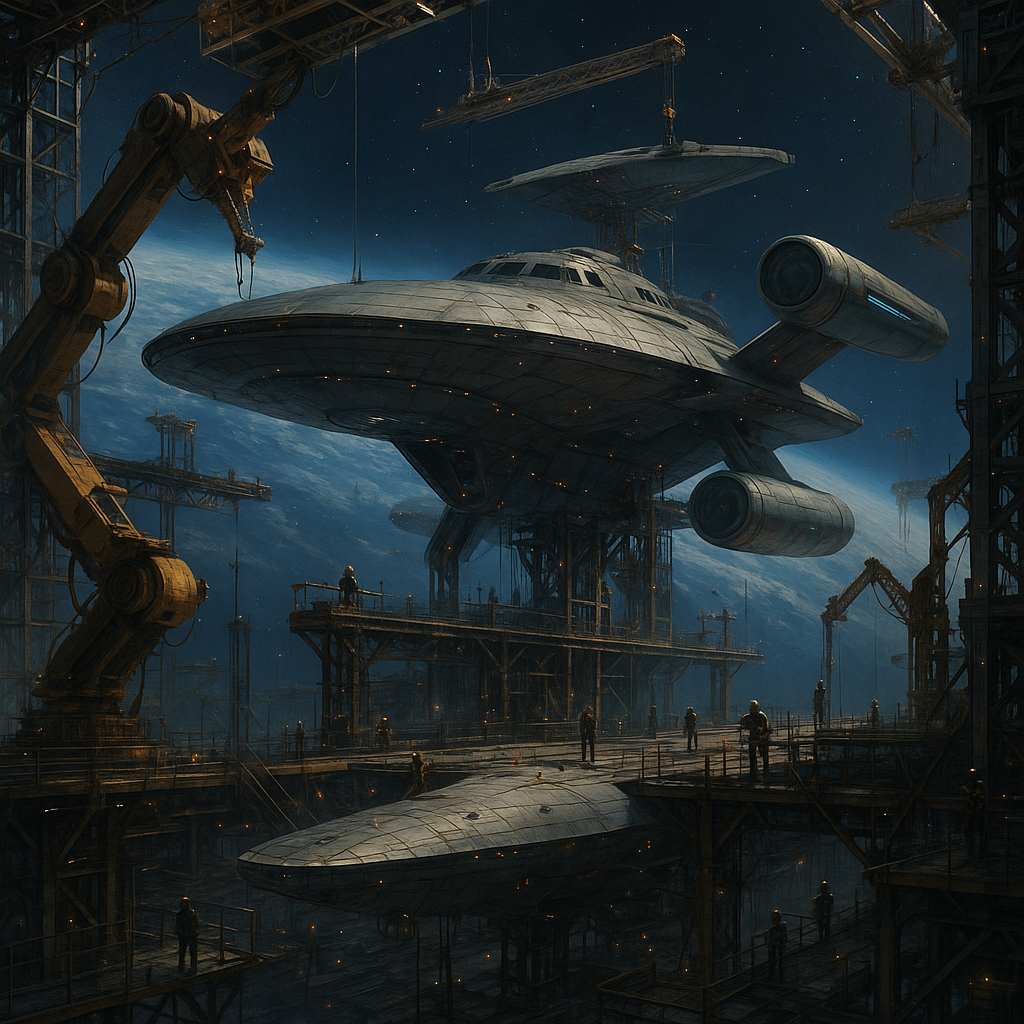
While our current technological level is nowhere near “warp speed,” each incremental advance brings us closer. The breakthroughs of today—like ion propulsion, plasma drives, and solar sails—are the foundation stones for tomorrow’s starships.
A Timeline to the Stars: Hype, Hope, and Hard Reality
Let’s zoom out and consider a speculative timeline:
| Technology | Status | Estimated Timeline |
|---|---|---|
| Ion Propulsion | Operational | Ongoing (2020s+) |
| Plasma Drives | In testing (VASIMR, etc.) | 2030s-2040s |
| Nuclear Propulsion | Design studies underway | 2030s-2050s |
| Antimatter Engines | Experimental physics | 2050s-2100s (optimistic) |
| Alcubierre Drive | Theoretical only | Unknown—centuries? millennia? |
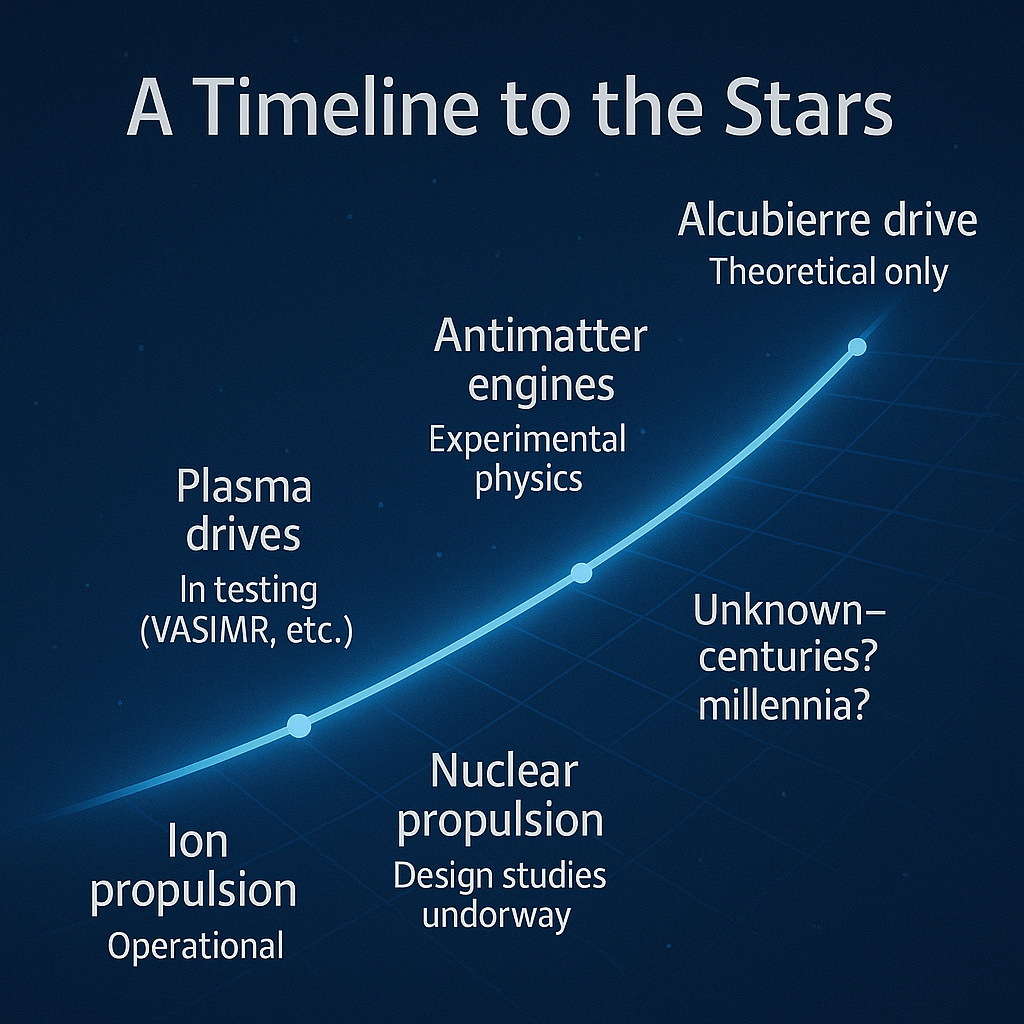
The road ahead is steep, but it’s not static. Each technological leap, each engineering innovation, and each wild idea brings us closer to becoming a spacefaring civilization.
The Dream is Alive
Are we closer to warp speed? In the strictest sense, no—we’re still bound by the laws of physics as we know them. But in the broader sense, yes: the fact that we’re even discussing Alcubierre drives, testing ion propulsion, and imagining humanity among the stars is a testament to our relentless curiosity.
Science fiction doesn’t just entertain—it inspires. The vision of warp drives and starships propels us to ask hard questions and innovate boldly. It keeps the flame of exploration alive, pushing us to build better engines, discover new physics, and dare to dream bigger.
The journey to the stars is not a sprint—it’s a relay race across generations. And every generation leaves its mark, inching humanity closer to the infinite frontier.
Sources for The Science of Starship Propulsion: Are We Any Closer to Warp Speed?
Alcubierre, M. (1994). The warp drive: hyper-fast travel within general relativity. Classical and Quantum Gravity, 11(5), L73-L77.
NASA Eagleworks Laboratories. Alcubierre Drive Research Updates. NASA Eagleworks.
White, H. (2013). Warp Field Mechanics 101. NASA Technical Reports Server.
European Space Agency (ESA). BepiColombo Mission Overview. ESA BepiColombo.
NASA Jet Propulsion Laboratory. Ion Propulsion Technology. NASA Ion Propulsion.
Breakthrough Propulsion Physics Program. NASA Innovative Advanced Concepts (NIAC). NIAC BPP Archive.
Millennium Project. Science Fiction’s Influence on Technology. The Millennium Project.
National Space Society (NSS). The Road to the Stars: Propulsion Technologies. NSS Space Propulsion.
National Academies of Sciences, Engineering, and Medicine (2016). Propulsion to the Stars: Breakthrough Propulsion Physics. NAP.edu.
